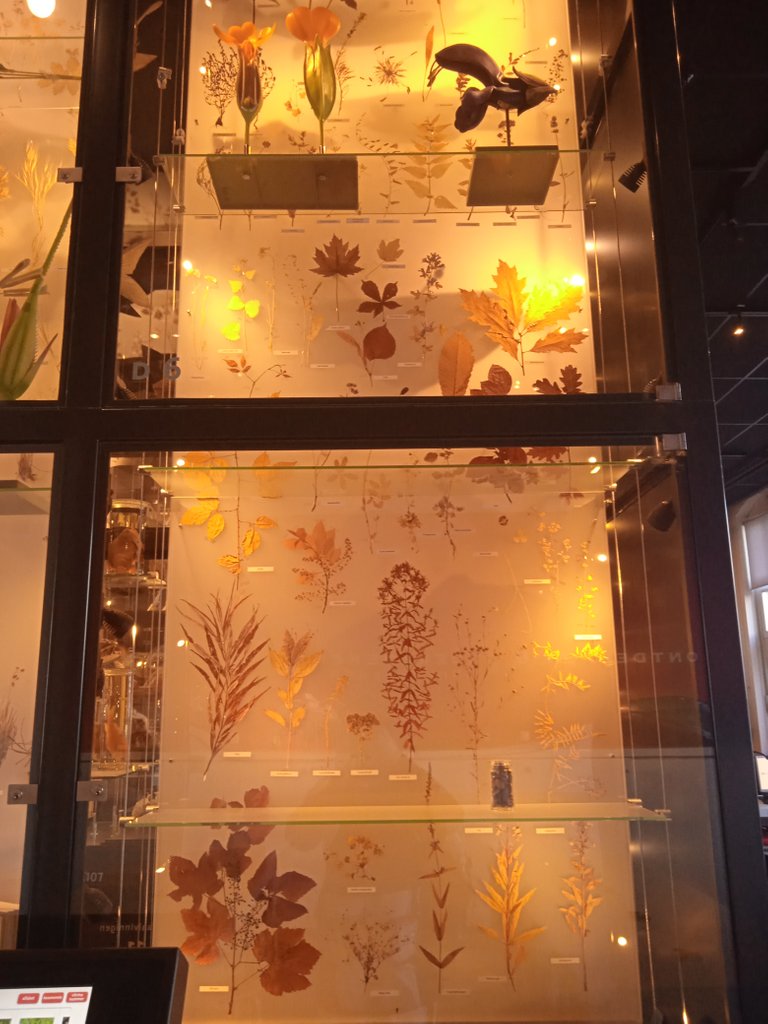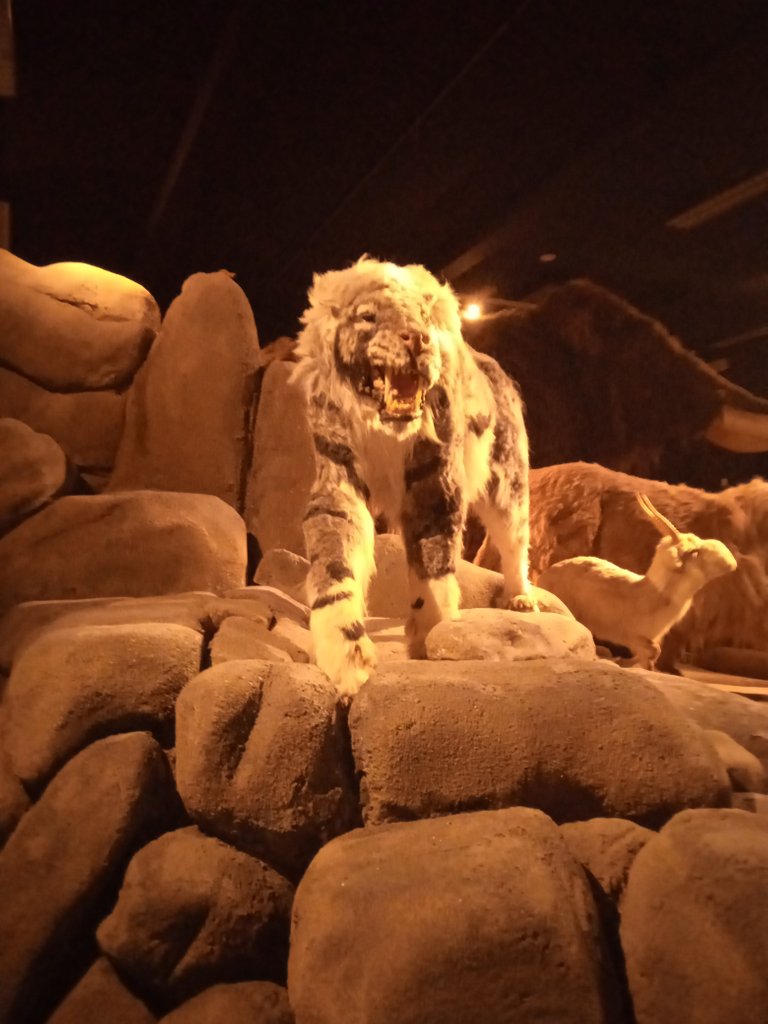
The Netherlands is known for its lively cities and Tilburg is a perfect example. This vibrant city has developed over the years into a real gem in the south of the Netherlands, with countless sights and activities worth exploring. Whether you are looking for art, culture or just good food, Tilburg offers something for everyone. From a textile city of the past, now grown into a bustling metropolis with creativity and innovation.
A number of important events and people contributed to this, including the industrial growth in the 19th century and the policies of Henk Letschert. Under Letschert' leadership, Tilburg was transformed both physically and economically, with new public constructions such as the railway station and the Stedelijk Museum in Breda. Thanks to these efforts, Tilburg has become a leading place for companies and (international) students, who all benefit from the vibrant culture and unique character of the city.
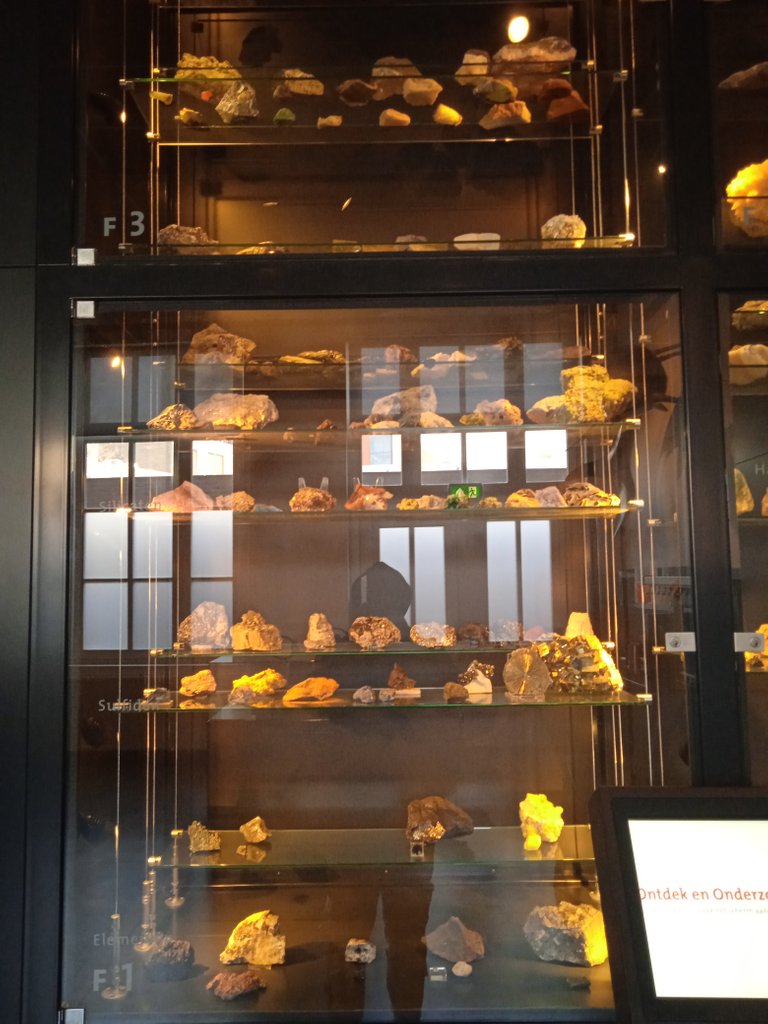 | 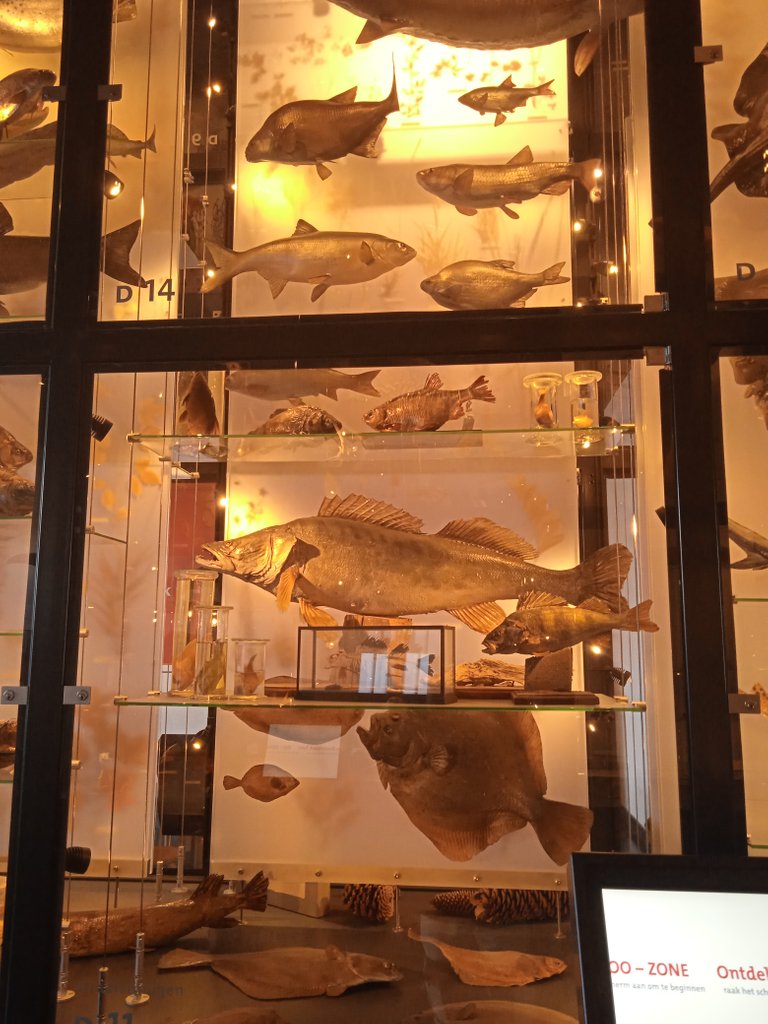 |
|---|
The history of Tilburg goes back to the Middle Ages, when there was a small settlement on the spot where the city now stands. In the 13th century, Tilburg became an important trading city, and in the 16th century it grew into an important industrial center. The textile industry was the main industry in Tilburg, which is why the city was also called 'the textile city'. In the 19th century, Tilburg lost its status as the most important industrial city, but since the 1960s the city has been on the rise again as an industrial center.
Tilburg's core values are diversity, openness and hospitality. This is reflected, among other things, in the many cultural institutions in the city. There is the TextielMuseum, the Museum De Pont, and many other museums and galleries. In addition, Tilburg has a lively pop and rock culture. In the city you will find numerous stages where performances are regularly given by (international) bands and artists.
Natuurmuseum Brabant
This beautiful 19th century building has a rich history and is now a modern cultural institution where young and old can enjoy all that nature has to offer. The museum is located in a monumental building from 1854, which originally served as a residence of Pollet's family. Guillaume JD Pollet was a textile entrepreneur born in Tilburg where he developed his father's business.
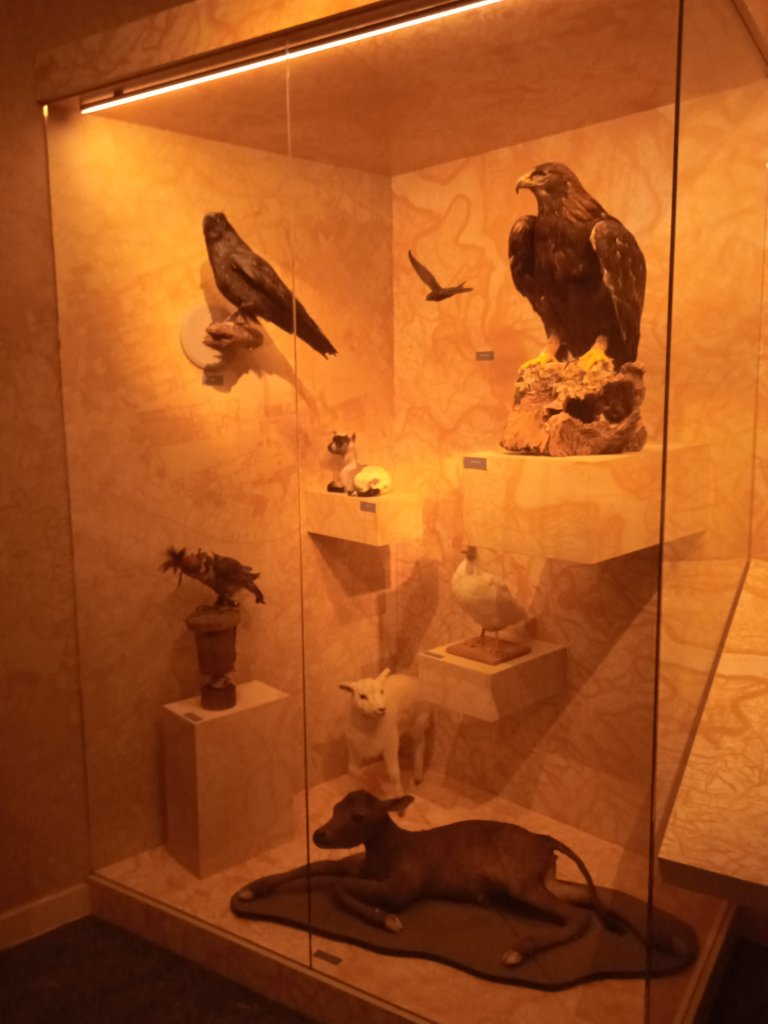 | 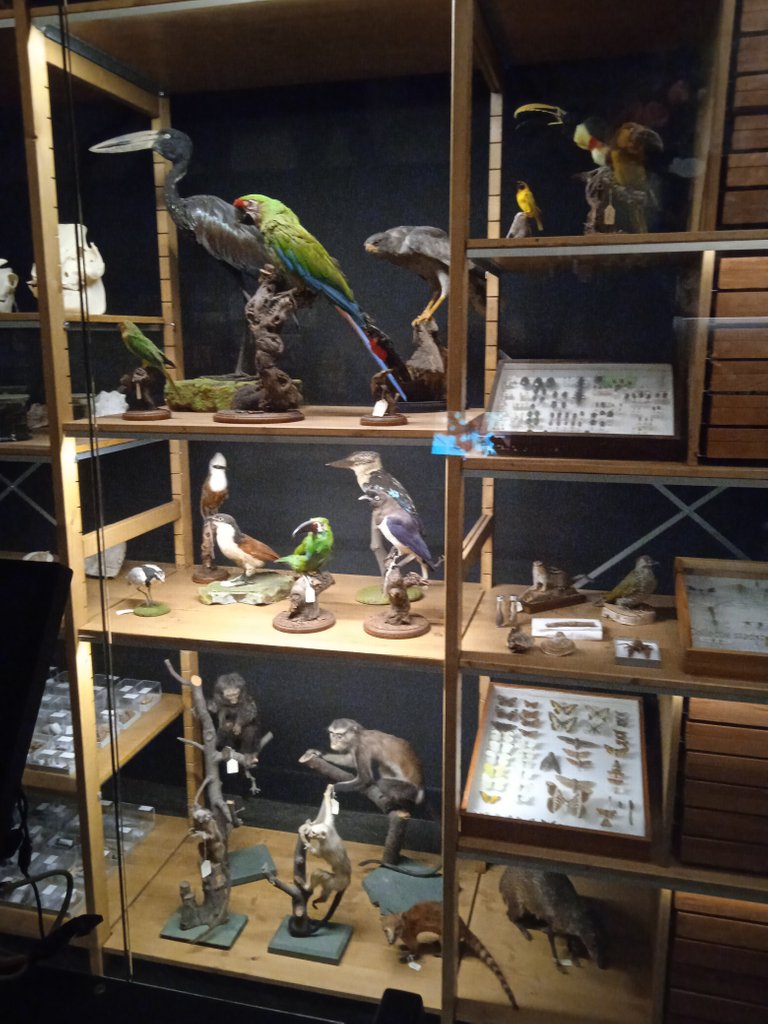 |
|---|
He built the factory building in 1854 with his family, for which they used stone from Breda and Antwerp. The construction of the building was very advanced for the time and made Pollet a well-known entrepreneur in the city. Pollet died in 1896 at the age of 55, but his legacy lives on in this unique historic building. Today, the property houses the Dutch Textile Museum, which displays a unique collection of textiles and art from the 19th century, including several pieces created by Pollet himself. The building is still treated with great respect because it is a reminder of the important contribution Pollet made to the textile industry in Tilburg.
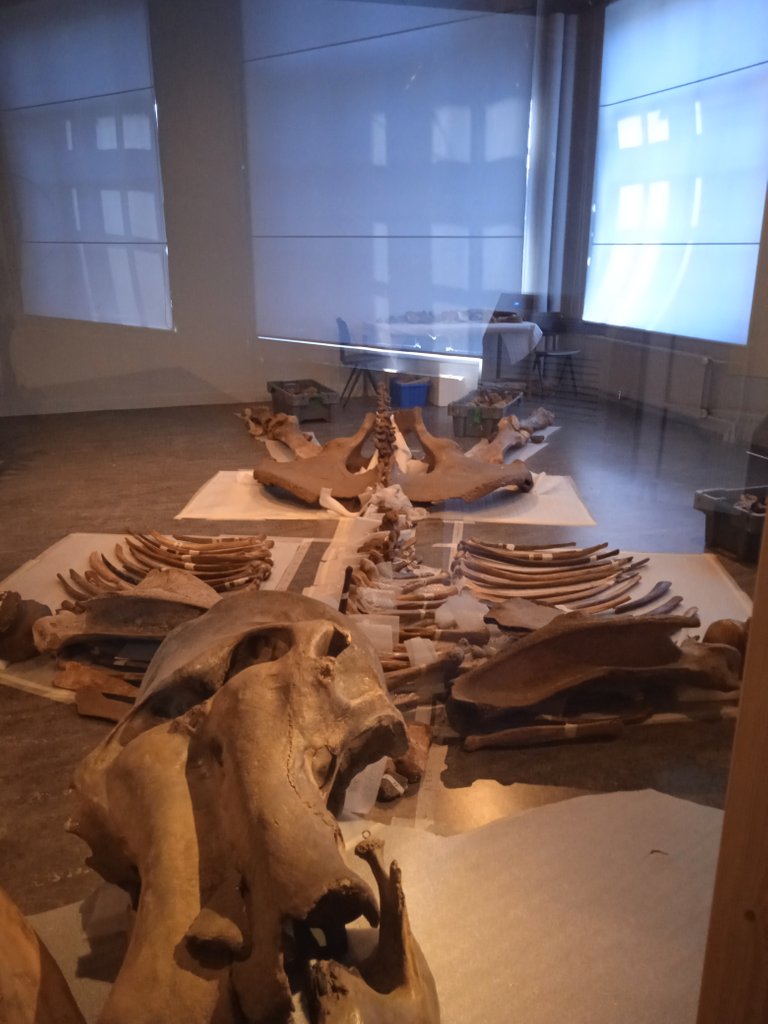 | 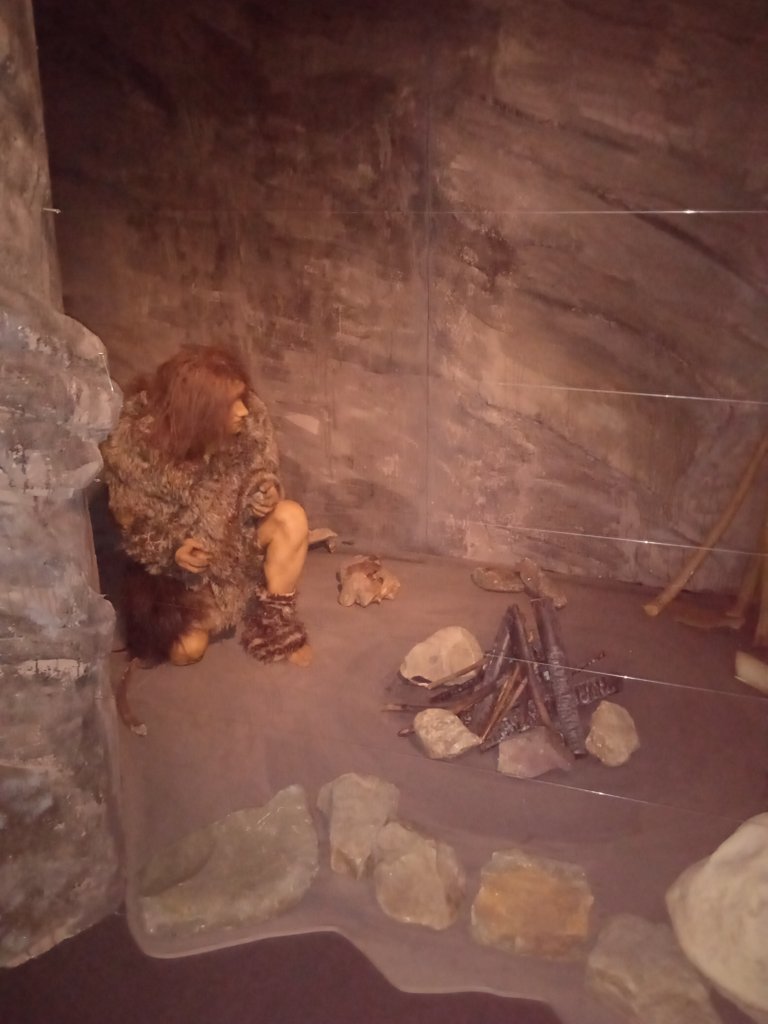 |
|---|
Natuurmuseum Brabant originated from a collection of animals, plants and minerals that was brought together by naturalists in the 19th century. In the 19th century, nature museums were very popular. In many large cities, institutes for applied sciences emerged, with associated museums in which objects from nature were exhibited. Over the years, the museum has been expanded and adapted to the requirements of modern times. Today the museum offers a changing exhibition on various subjects from natural history.
Let our children not grow up in a terrible world. Together we can make it better. It is our destiny to
suffer from the past, to long for the future, but to forget the present.
Any unsourced images and writing are my own. Life is worth it!
Thank you for support and follow me @darthsauron



